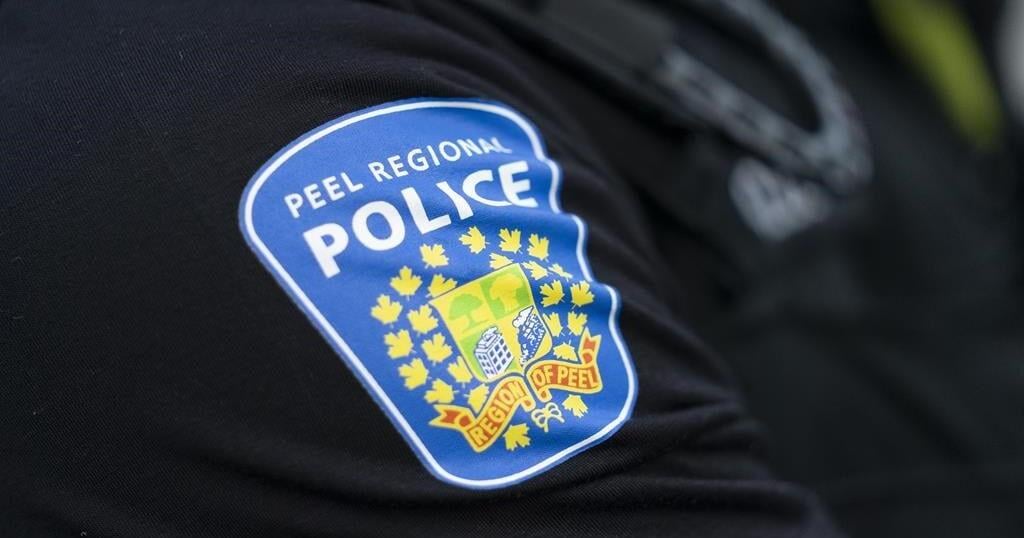Voters in New Brunswick are scheduled to go to the polls on Oct. 21. Here’s a look at some of the promises announced by the three major parties:
Progressive Conservatives:
— Cut the harmonized sales tax by two points, from 15 per cent to 13 per cent.
— Expand the scope of practice for nurse practitioners, registered nurses, registered psychiatric nurses, paramedics and pharmacists by working with medical professionals and governing bodies to “evaluate all scopes of practice.”
— Reject all new applications for supervised drug-consumption sites anywhere in the province.
— Make financial literacy part of the school curriculum, with lessons on subjects such as budgeting, bank accounts, interest rates, inflation, mortgages, leases, loans and RRSPs.
— Renew legal challenge against the federal carbon pricing scheme.
— Introduce the Compassionate Intervention Act, which would force people into drug treatment if authorities deem they “pose a threat to themselves or others.”
— Allow non-profits, including synagogues, mosques and churches, to apply to the Community Investment Fund for such things as security cameras and stronger locks on building doors.
— Launch working group on improving working conditions for nurses; pay 50 per cent of registered nurses’ long-term disability premiums for two years.
Liberals:
— Open 30 community health clinics across the province by 2028.
— Give $10,000 retention bonuses in Year 1 and $5,000 in Year 2 to all nurse practitioners, registered nurses, and licensed practical nurses employed by Vitalité and Horizon health networks.
— Recruit more health professionals by changing the compensation model for doctors, increasing the number of residency spaces for medical students and streamlining the process for recognizing the credentials of foreign health professionals.
— Overhaul mental health services by adding community outreach workers to deliver front-line support.
— Offer $250 a month to unpaid and informal caregivers who are looking after aging family members.
— Increase access to fertility treatment by fully funding one round of IVF.
— Implement a three per cent cap on rent increases by 2025, to be reviewed annually based on inflation and vacancy rates.
— Construct 30,000 housing units by 2030, and eliminate the 10 per cent provincial sales tax on new multi-unit housing builds.
— Eliminate the provincial sales tax on electricity bills for residential customers.
— Recruit and retain teachers, educational assistants, support staff and bus drivers by improving school working conditions.
— Install high-speed internet access and improve cellphone service for 10,000 rural households, including by building or upgrading telecom towers.
— Implement changes recommended in a report released last year by the province’s child and youth advocate, who said children in Grade 6, who are around the age of 12, and older, should be allowed to choose their preferred names and pronouns at school without parental consent.
Greens:
— Invest $380 million annually to fix the primary health-care system.
— Implement a guaranteed livable income to end deep poverty by the end of a four-year mandate, in partnership with the federal government.
— Restore and improve rural services, including by launching a year-round ferry service to connect Campobello Island to the mainland, and building a “safe modern bridge” to link the islands of Lamèque and Miscou with the mainland at Shippagan.
— Give households with after-tax incomes of less than $70,000 an average of $25 per month to offset electricity rates.
— Impose a 2.5 per cent cap on rent increases.
— Make forestry more sustainable by halting clearcuts, ending herbicide spraying and working with First Nations to make shared decisions.
— Guarantee cellphone and internet coverage across New Brunswick.
— Establish a climate fund to help municipalities pay for adaptation measures; create a new agency to help communities protect their coastlines; launch a youth corps to train people aged 17-30 in climate action.
— Reduce the small business tax rate from 2.5 per cent to one per cent.
— Launch a school food program offering students breakfast and lunch with no out-of-pocket cost.
— Reverse the Tories’ policy on gender identity in schools by no longer requiring teachers to obtain parental consent before they can use the preferred first names and pronouns of transgender students under 16.
— Launch a public inquiry into the high rates of neurodegenerative disease among New Brunswickers.
This report by The Canadian Press was first published Oct. 18, 2024.
